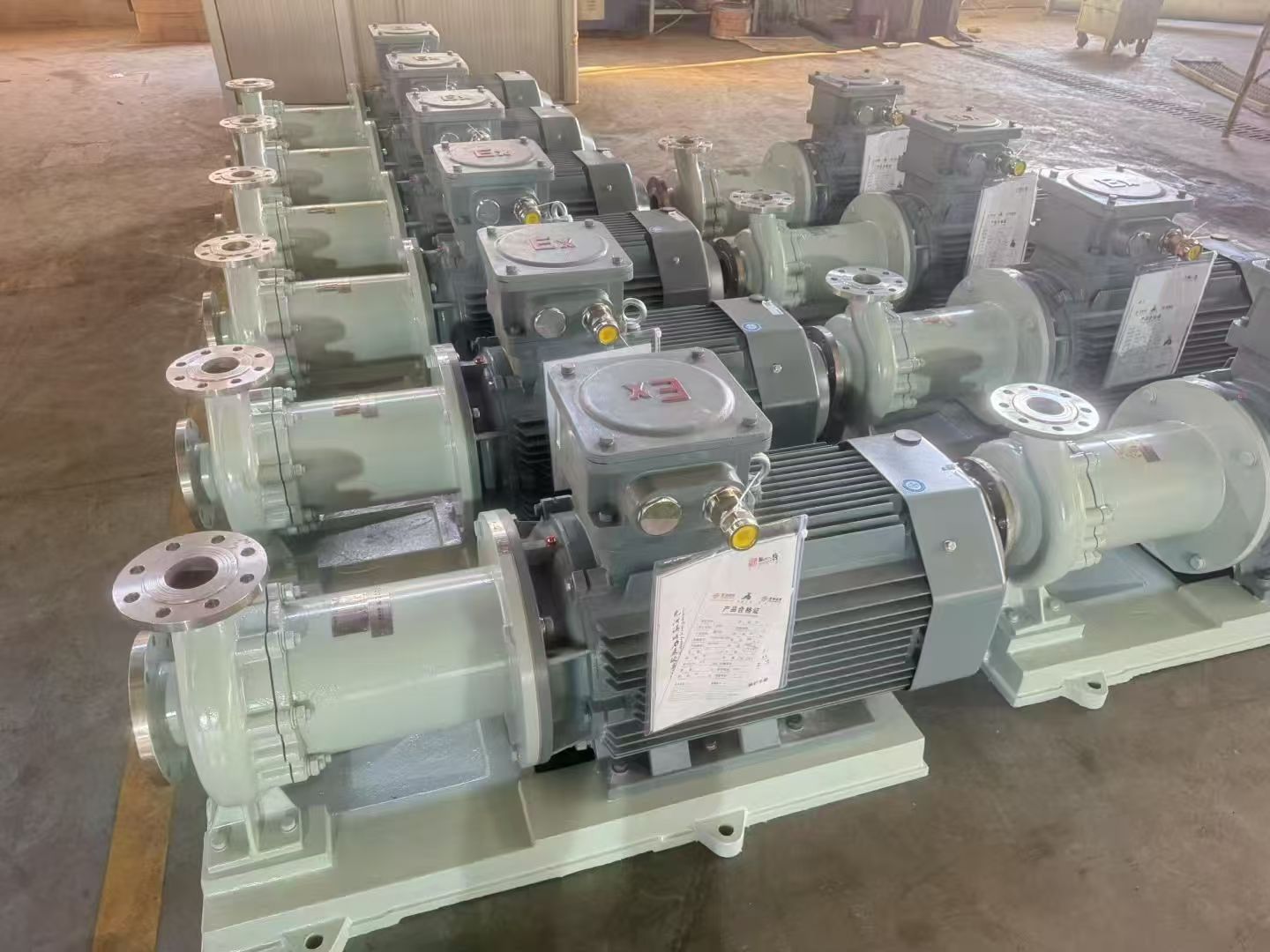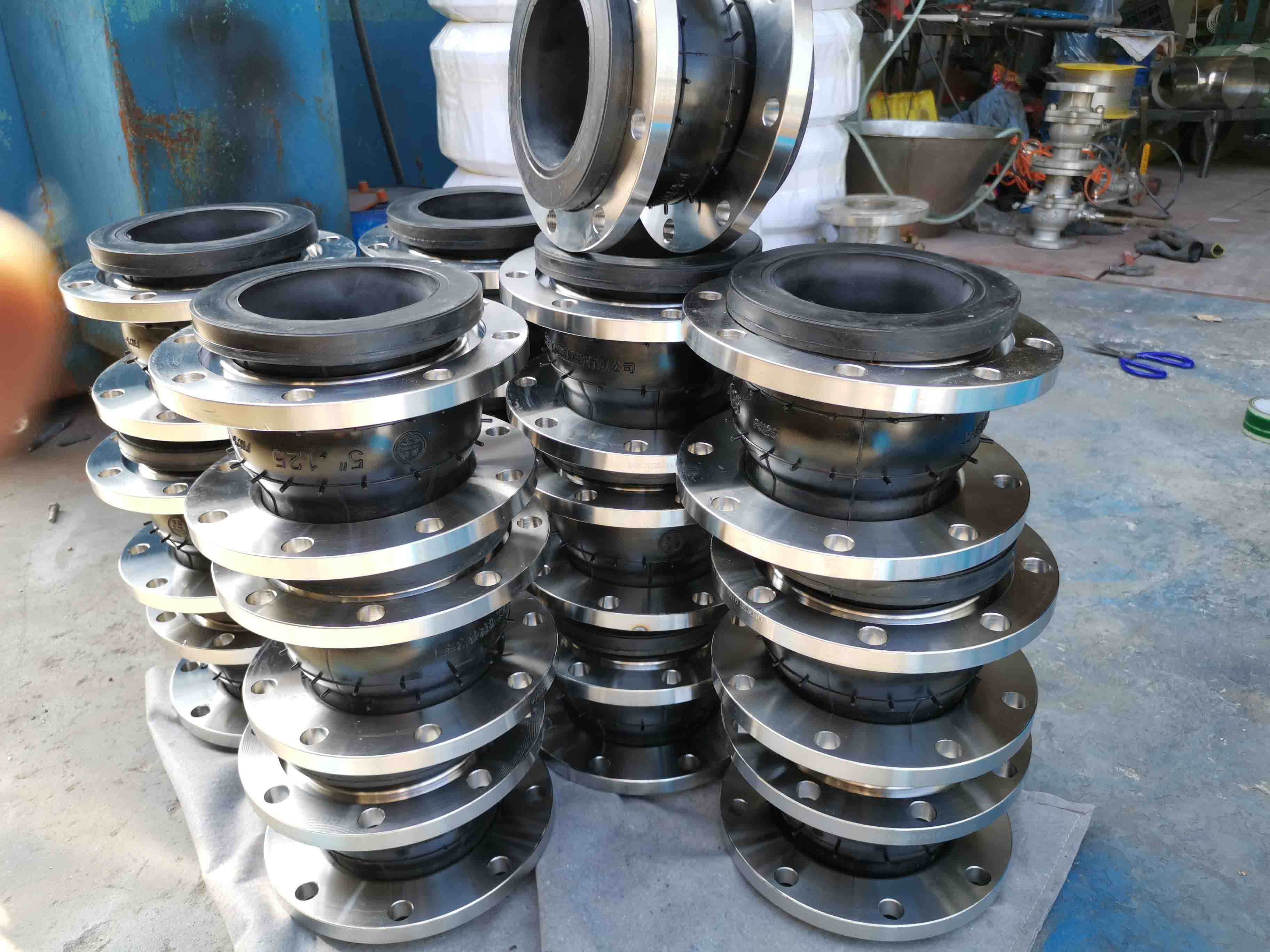Magnetic pumps are commonly used pumps, and demagnetization is a relatively frequent cause of damage. Once demagnetization occurs, many people may find themselves at a loss, which could lead to significant losses in work and production. To prevent such situations, Anhui Shengshi Datang will briefly explain today why magnetic pumps experience demagnetization.
1. Magnetic Pump Structure and Principle
1.1 Overall Structure
The main components of a magnetic pump's overall structure include the pump, the motor, and the magnetic coupler. Among these, the magnetic coupler is the key component, encompassing parts such as the containment shell (isolating can) and the inner and outer magnetic rotors. It significantly impacts the stability and reliability of the magnetic pump.
1.2 Working Principle
A magnetic pump, also known as a magnetically driven pump, operates primarily on the principle of modern magnetism, utilizing the attraction of magnets to ferrous materials or the magnetic force effects within magnetic cores. It integrates three technologies: manufacturing, materials, and transmission. When the motor is connected to the outer magnetic rotor and the coupling, the inner magnetic rotor is connected to the impeller, forming a sealed containment shell between the inner and outer rotors. This containment shell is firmly fixed to the pump cover, completely separating the inner and outer magnetic rotors, allowing the conveyed medium to be transmitted into the pump in a sealed manner without leakage. When the magnetic pump starts, the electric motor drives the outer magnetic rotor to rotate. This creates attraction and repulsion between the inner and outer magnetic rotors, driving the inner rotor to rotate along with the outer rotor, which in turn rotates the pump shaft, accomplishing the task of conveying the medium. Magnetic pumps not only completely solve the leakage problems associated with traditional pumps but also reduce the probability of accidents caused by the leakage of toxic, hazardous, flammable, or explosive media.

1.3 Characteristics of Magnetic Pumps
(1) The installation and disassembly processes are very simple. Components can be replaced anywhere at any time, and significant costs and manpower are not required for repair and maintenance. This effectively reduces the workload for relevant personnel and substantially lowers application costs.
(2) They adhere to strict standards in terms of materials and design, while requirements for technical processes in other aspects are relatively low.
(3) They provide overload protection during the conveyance of media.
(4) Since the drive shaft does not need to penetrate the pump casing, and the inner magnetic rotor is driven solely by the magnetic field, a completely sealed flow path is truly achieved.
(5) For containment shells made of non-metallic materials, the actual thickness is generally below about 8 mm. For metallic containment shells, the actual thickness is below about 5 mm. However, due to the thick inner wall, they will not be punctured or worn through during the operation of the magnetic pump.
2. Main Causes of Demagnetization in Magnetic Pumps
2.1 Operational Process Issues
Magnetic pumps represent relatively new technology and equipment, requiring high technical proficiency during application. After demagnetization occurs, operational and process aspects should first be investigated to rule out problems in these areas. The investigation content includes six parts:
(1) Check the magnetic pump's inlet and outlet pipelines to ensure there are no issues with the process flow.
(2) Check the filter device to ensure it is free of any debris.
(3) Perform priming and venting of the magnetic pump to ensure no excess air remains inside.
(4) Check the liquid level in the auxiliary feed tank to ensure it is within the normal range.
(5) Check the operator's actions to ensure no errors occurred during operation.
(6) Check the maintenance personnel's operations to ensure they complied with relevant standards during maintenance.

2.2 Design and Structural Issues
After thoroughly investigating the above six aspects, a comprehensive analysis of the magnetic pump's structure is necessary. The sliding bearings play a cooling role when the magnetic pump conveys the medium. Therefore, it is essential to ensure sufficient medium flow rate to effectively cool and lubricate the gap between the containment shell and the sliding bearings, and the friction between the thrust ring and the shaft. If there is only one return hole for the sliding bearings and the pump shaft is not interconnected with the return hole, the cooling and lubrication effect can be reduced. This prevents complete heat removal and hinders maintaining a good state of liquid friction. Ultimately, this can lead to seizure of the sliding bearings (bearing lock-up). During this process, the outer magnetic rotor continues to generate heat. If the inner magnetic rotor's temperature remains within the limit, the transmission efficiency decreases but can potentially be improved. However, if the temperature exceeds the limit, it cannot be remedied. Even if it cools down after shutdown, the reduced transmission efficiency cannot recover to its original state, eventually causing the magnetic properties of the inner rotor to gradually diminish, leading to demagnetization of the magnetic pump.
2.3 Medium Properties Issues
If the medium conveyed by the magnetic pump is volatile, it can vaporize when the internal temperature rises. However, both the inner magnetic rotor and the containment shell generate high temperatures during operation. The area between them also generates heat due to being in a vortex state, causing the internal temperature of the magnetic pump to rise sharply. If there are issues with the magnetic pump's structural design, affecting the cooling effect, then when the medium is delivered into the pump, it may vaporize due to the high temperature. This causes the medium to gradually turn into gas, severely affecting the pump's operation. Additionally, if the static pressure of the conveyed medium within the magnetic pump is too low, the vaporization temperature decreases, inducing cavitation. This can halt the medium conveyance, ultimately causing the magnetic pump bearings to burn out or seize due to dry friction. Although the pressure at the impeller varies during operation, centrifugal force effects can cause very low static pressure at the pump inlet. When the static pressure falls below the vapor pressure of the medium, cavitation occurs. When the magnetic pump contacts the cavitating medium, if the cavitation scale is small, it might not significantly affect the pump's operation or performance noticeably. However, if the medium's cavitation expands to a certain scale, a large number of vapor bubbles form inside the pump, potentially blocking the entire flow path. This stops the flow of medium inside the pump, leading to dry friction conditions due to the ceased flow. If the pump's structural design results in an inadequate cooling effect, the containment shell temperature can become excessively high and cause damage, subsequently increasing the temperature of both the medium and the inner magnetic rotor.